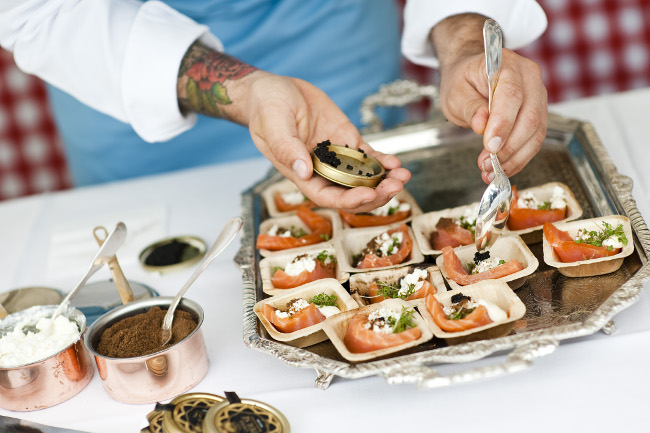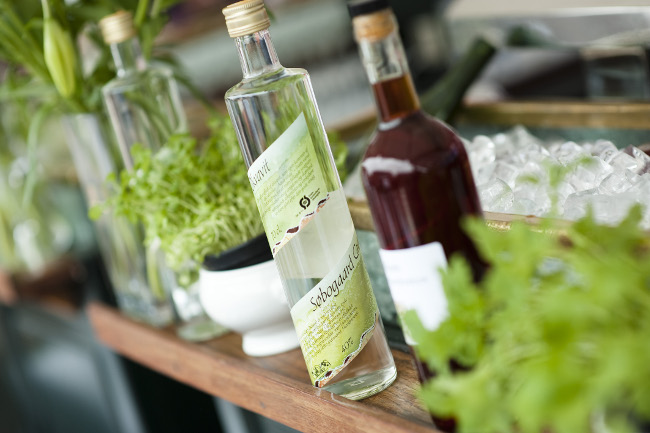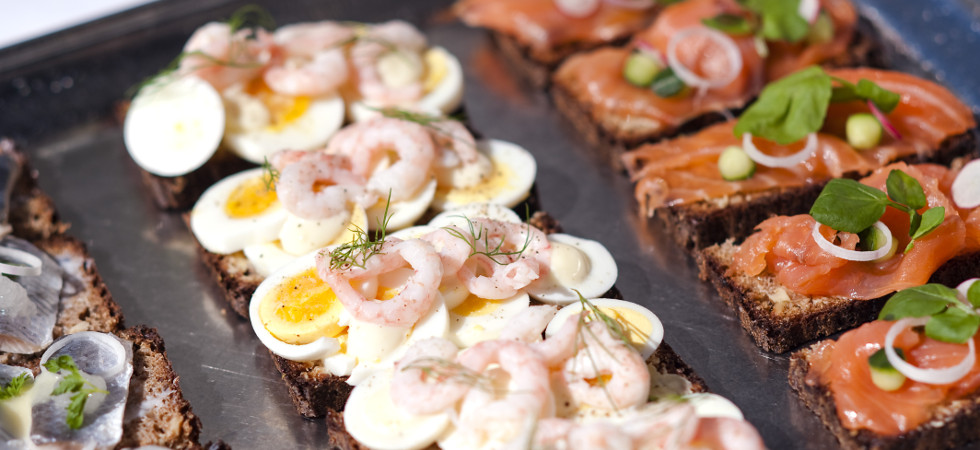When planning a summer holiday, for many, food is a central consideration when deciding on destinations and itineraries. Whether you’re looking to gorge on pasta and gelato in Italy or try native fresh figs in Croatia, aside from checking out recommended restaurants and cafes, there are plenty of other ways to get a bona fide taste of a new country, city or town.
With the rise of Airbnb, more and more travellers are looking to source a local experience; and this desire applies just as much to discovering places to go and things to eat as to accommodation.
We’ve listed eight unique ways to explore, get a taste of authentic food and ‘eat-like-a-local’ on your getaway this summer:
1. Food markets
The revival of food markets in major cities is testament to a local desire to get back to basics as well as traveller demand for a more authentic way to shop. A visit to a local market will usually take you to the epicentre of local trade, as they are most often situated in the oldest corners of cities. Wander through, taking the opportunity to absorb the sights and smells – but most importantly – the tastes of your new destination.
The Mercat de la Boqueria in Barcelona is one of the most renowned food markets in the world. Dating back to 1700, it features a bountiful selection of authentic Spanish cuisine; locally produced and farmed, and in certain stalls sold by third and fourth generation family members .
Twice a week, crowds of eager shoppers flock to the Marché Bastille, to grab a taste of Parisian food and soak up the culture rich atmosphere. The bustling square is surrounded by cafes, bistros and marked with the monumental Opera Bastille and Colonne de Juilet; the market itself houses an array of fresh produce as well as ready-to-eat food and allows travellers to shop just like the locals do.

2. Eat with a local
Whilst getting together and sharing a meal around a table dates back thousands of years, the ability to share a meal with people you meet online is a relatively new phenomenon. Social dining for travellers is a modern way to experience traditional cuisine in people’s homes, cooked and shared by locals themselves. Platforms like VizEat connect travellers and local hosts in more than 70 countries. With over 15,000 hosts and 40,000 members worldwide, the Airbnb of dining allows travellers to learn about new cultures from the same people preparing their food and creates unforgettable memories. As well as eating at somebody’s home, travellers can also use VizEat to find and book in local food walking tours, cooking classes and other unique foodie experiences you’re unlikely to find in the guide books.
Arianna in Marrakech moved to Morocco 12 years ago from Sicily, after falling in love with the people, the culture and the cuisine. Through VizEat, she now offers visitors to the buzzing and colourful city a traditional Moroccan feast at her riad. Guests can expect traditional fare starting with fresh salads and hot soups, followed by tagine (Tanjia Marrakchia) or slow-cooked Mechoui (caramelised lamb shoulder).
Travelling on a budget? Solene in Paris offers visitors a savoury and sweet French crêpe dinner with her family in Paris for a fiver. A recent guest of Solene’s said what they enjoyed most about the meal was the experience of meeting and eating with her family in their apartment, getting an insight into their Parisian family life.
3. Food trucks
The US is famous for its bustling food truck scene and set the trend worldwide with food trucks now commonplace at events, festivals and markets everywhere. A great way to find a local truck in the US is RoamingHunger – a web service and app which uses your location or city selection to display an assortment of local street-dining options.
If you’re in Italy and eager to try a range of food truck cuisine the Streeat Food Truck Festival is your answer. Taking place in a number of Italian cities from Milan to Genova, the festival houses an array of trucks so you’re bound to find something to your taste.
4. Street food
When you’re roaming around a new city and looking for a bite to eat, what better than to experience local cuisine right on the streets you’re pounding? A multicultural hub, Singapore offers a true blend of Chinese, Malay and Indian cuisines. Local “hawker” markets feature a concoction of street vendors selling uniquely Singaporean dishes like Ikan Bakar – barbecued stingray smothered in a spicy fish chilly sauce known as sambal.
In every city in Morocco, visitors can try all kinds of street food. From sandwiches and pastries to freshly squeezed juices, Marrakech is no exception. A trip to the famous Jemaa El Fna Square promises a culinary feast ranging from snail soups and b’stilla (paper thin sweet pastries) to sheep heads and chebakia (sesame cookies). Get lost in the crowds as locals and visitors alike descend on the square from day to night to immerse yourself in a truly Moroccan experience.

5. Experience a food festival
With 130 events over 10 days, Copenhagen Cooking is a foodie bonanza that rises above many other European food festivals. Taking place in the Danish capital in August, travellers far and wide hone in on the city to sample local dishes, including a special smorrebord, developed especially for the festival and set to include the best local herring.
If you’re looking to experience a variety of Swedish dishes, A Taste of Stockholm takes place in the first week of June and features around 25 of Stockholm’s most exciting restaurants. It’s a chance to experience traditional a Swedish menu in addition to an assortment of exotic creations, featuring locally grown produce and organic food.
6. And a drink festival… (of course)
Celebrating its 20th anniversary this year in the first week of August, the Berlin Beer Festival has become a major tourist attraction, festival and annual tradition in Berlin’s Friedrichshain neighbourhood. Approximately 320 brewers from 86 countries are expected to present about 2,000 beer varieties on the 2.2 km long street festival.
Wine lovers from around the world eagerly await The Bordeaux Wine Festival (Aquitaine, Bordeaux); this four-day-long event in June is the perfect occasion for passionate oenophiliacs to experience local and international flavours, as well as an opportunity to discover the architectural and natural beauty of Bordeaux, a UNESCO World Heritage Site.

7. Go on a food tour
A food tour can be a great way to immerse yourself in the culture of any foreign city – it provides an insight into authentic local life and tradition – all whilst getting to munch on tasty bites along the way!
There are a number of tours to be taken around New York. One of the most enticing might be the Chelsea Market food and culture tour, which features NYC’s historic indoor food market over a block long and a block wide in six. The venue houses thirty-five vendors and attracts six million international visitors annually.
8. Take a cooking class/lesson
Have you ever wanted to learn the secrets of washoku? Although many supermarkets and restaurants offer Japanese cuisine, none can compare to the experience of being taught by Tokyo’s master chefs. The Tsukiji Cooking school in Tokyo offers a range of lessons, from beginner to Michelin-Starred classes, teaching a range of traditional Japanese dishes and the famous fish market tours; all providing a rounded experience of Japanese culture and culinary tradition.
The Patagonian region, covering Argentina and Chile, is known for its cultural blending of indigenous food with Mediterranean influence. To get a taste of this fusion look no further than the highly rated Tierra Negra cooking classes in Buenos Aires. The lessons provide a unique insight into South American cuisine and the recipes learned will provide a lifelong souvenir for any traveller.






















